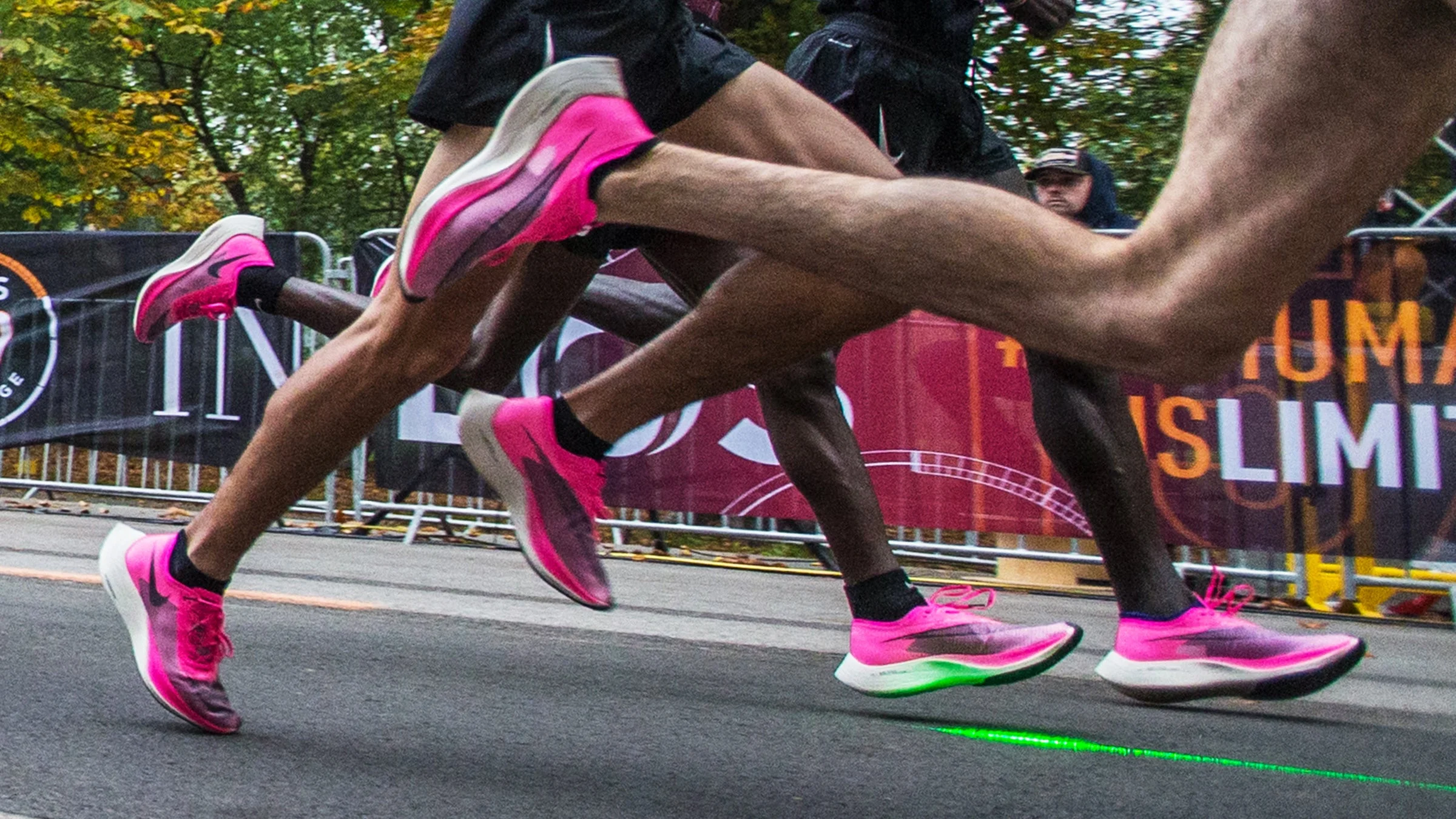By: Jayden Ho
The world of athletics has been buzzing with the advent of super shoes, a revolutionary footwear technology that has been making waves in both track and road races. But the real magic of these shoes may not lie in their race-day performance, but in the potential they hold for supercharging training sessions.
In 2016, super shoes made their debut with the launch of the Nike Zoom Vaporfly 4%. The shoe was so significantly faster than its predecessors that it led World Athletics to limit the height of a shoe’s midsole in 2020. Now, all major shoe companies have their versions of super shoes, and they are being worn by hundreds of thousands of runners worldwide.
Super shoes, characterized by their thick, springy soles and a midsole plate, have been a game-changer in the world of running. A series of record-breaking performances are associated with them, including Faith Kipyegon’s new records in the women’s 1,500 meters and 5,000 meters, and Lamecha Girma’s new mark in the men’s 3,000-meter steeplechase.
However, sports scientists are now suggesting that the real benefit of these shoes might be derived from training in them. Geoff Burns, a physiologist and biomechanics expert with the U.S. Olympic and Paralympic Committee, believes that the more athletes train in these shoes, the better they adapt to them. “Because the shoes are a new tool, the more we run in them, the better we adapt,” Burns said. This aligns with the specificity principle, which suggests that athletes should train in the same conditions they will face in competition, including wearing the same shoes.
Elite athletes like Lindsay Flanagan, who will be running the World Championships marathon in Budapest, have found value in training with super shoes. “Since I’m going to be wearing super shoes in races, I want to get a good feel for them in training,” Flanagan said. She also reported that she could log more quality days and more mileage in general because her legs recovered faster when she trained in super shoes.
However, not all athletes are convinced. Some prefer to train in traditional shoes, believing they can build strength and then gain an extra boost on race day by switching to super shoes. A pilot study from California State University, East Bay, found that runners who trained in traditional flats experienced more muscle pain but also improved their running economy more than those who trained in super shoes.
Despite their benefits, super shoes are not without controversy. Some experts have linked them to serious injuries due to the atypical stresses they can place on bones and soft-tissue structures. However, there is no consensus on this. Other researchers argue that there is no convincing data showing that runner biomechanics are dramatically different in super shoes than in traditional ones.
Interestingly, super shoes have also been found to have a longer functional life than traditional ones. The dense foam midsoles in super shoes retain their cushioning and energy-return properties longer than the softer EVA midsoles in earlier shoes. This could be particularly beneficial for older runners, like 77-year-old Bill Salazar, who reported faster recovery times when training in super shoes. “The big benefit for me is that I recover faster in super shoes,” said Salazar.
The cushioning and recovery benefits of super shoes have also been noted by top runners, who report being able to finish stronger and faster in marathons due to less muscle fatigue.











